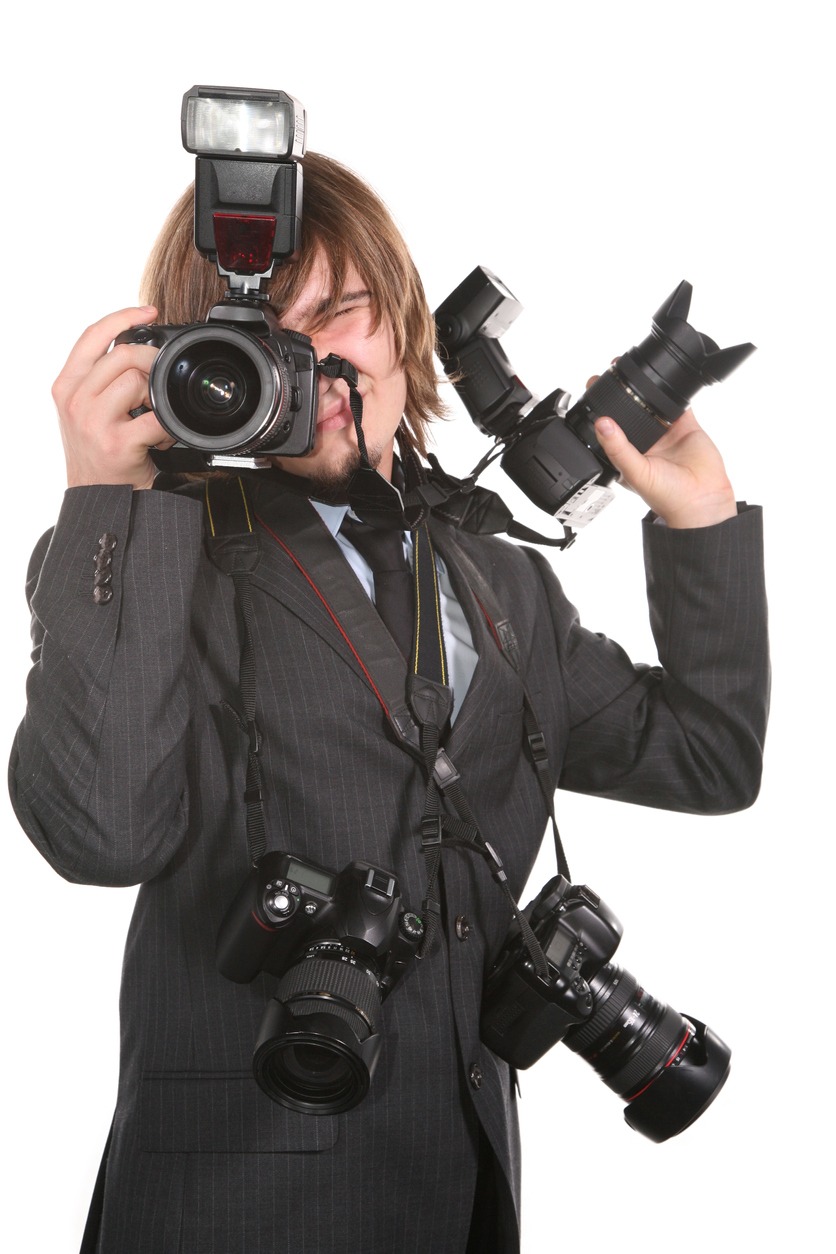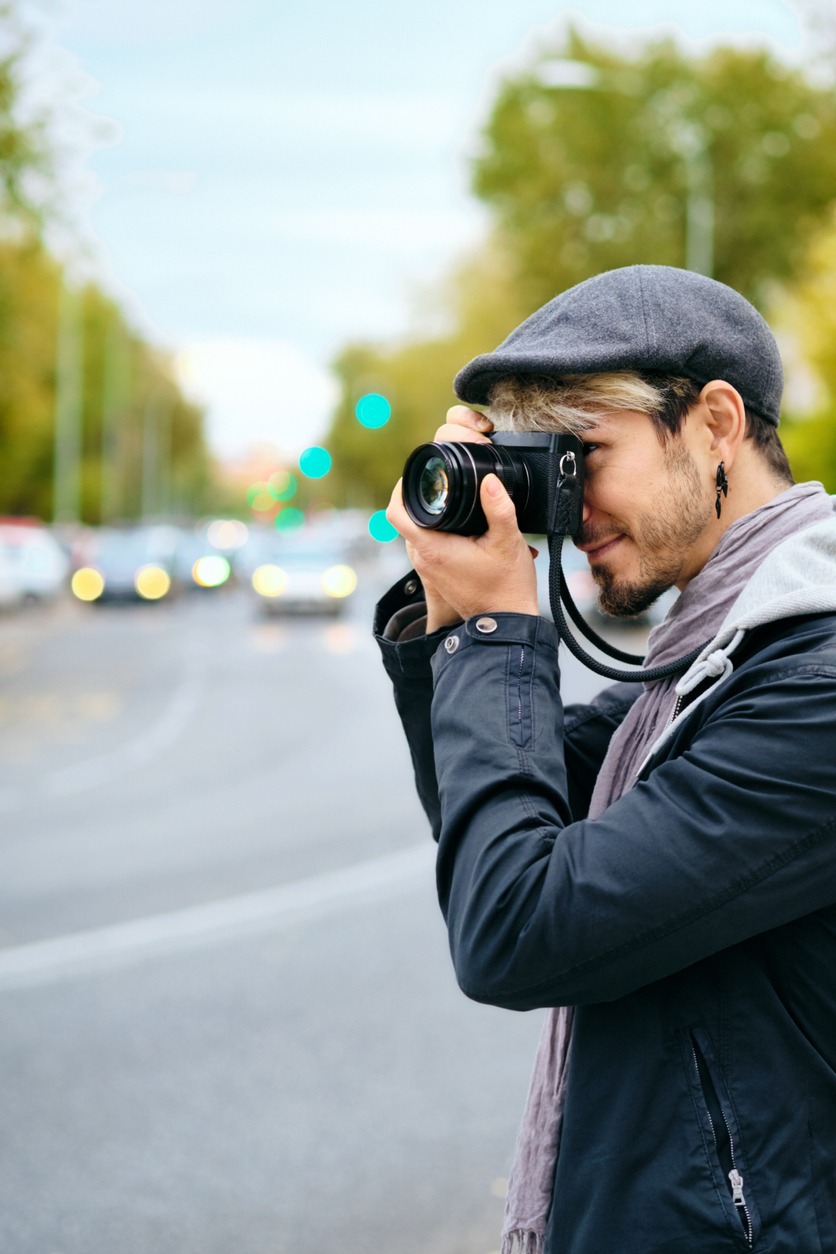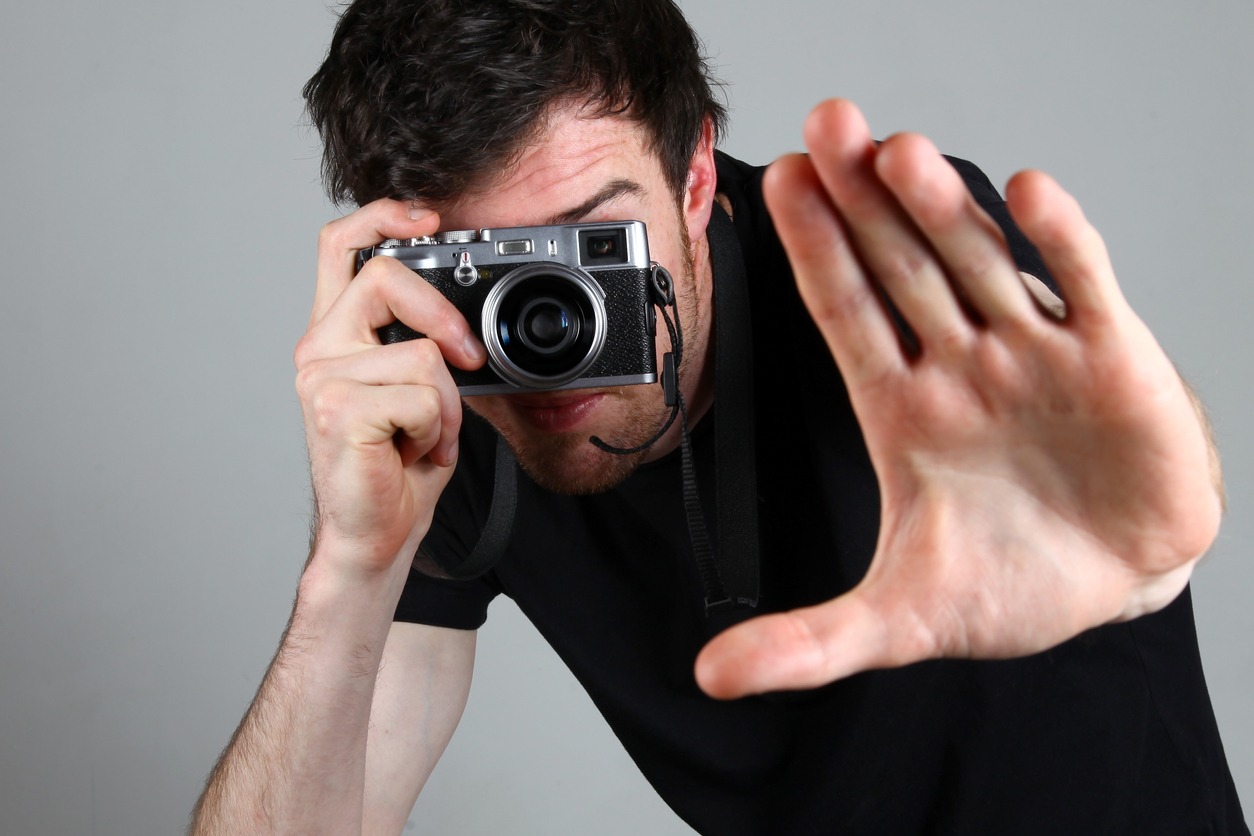Back then, there used to be limited choice when it came to selecting the perfect camera for different types of photography. These days, we have many options to choose from, and that too at an affordable price. However, it might get confusing to select the right camera for street photography because of the number of choices one has nowadays.
For street photography, unlike other types of photography, you don’t need a large bulky camera as it isn’t what most people would want when trying to capture strangers of the streets. You need something compact, lightweight, and high-quality that can assist you with your creative goals around others.
If you are confused about which camera to buy for street photography, you are in the right place. Our guide will help you choose the right camera according to your requirements and budget. Let’s get right into it.
Top Five Things to Consider in a Camera for Street Photography
Lightweight
You naturally want the best camera, the best lens, and perfect accessories for street photography. But as time goes by, you will find your bag equivalent to a hiker’s backpack. When it comes to street photography, you want to go as light as possible because you would not want to look suspicious. A nice little camera, a good lens, and a camera bag are more than enough to enter the world of street photography. Although there are no specific rules for how lightweight a camera should be, you probably would not want to look like this on the streets:
Compact
The ideal street photography camera is not just lightweight but also compact enough to be easily carried for a long time. Having a point-and-shoot camera is an excellent choice because it has a fixed lens and you don’t have to carry extra lenses. When you are going to be out on the streets all day capturing photos, you want a camera that can slide into your pocket when not in use.
Non-Threatening
Models are used to face cameras with big lenses. But strangers on the street? Not so much. Your DSLR with a telephoto lens might give you incredible bokeh and an amazing shot of the subject, but it might not generate a friendly response. So, your best bet would be to shoot with a smaller, less “professional” looking camera. This way, you can ensure that you are not threatening or bothering people being photographed, just like the one below.
Should not be too Expensive
Yes, the more you invest, the more quality you will get when it comes to cameras. However, if you are just starting with street photography, you don’t need the most expensive camera out there. But it also doesn’t mean that you should compromise on the image quality – you should get your hands on a camera that you can afford to lose.
Yes, you heard it right. It has happened with a lot of street photographers that they damaged their cameras on the streets while capturing all those amazing shots. There are infinite choices for cameras, ranging from very cheap to super expensive. If you are a beginner, you are better off with an inexpensive camera that provides good shots – simple!
Things To Consider When Buying A Camera For Street Photography
Speed
A camera with a fast autofocus speed and decent fps for videos can help you take rapid-fire shots and smooth videos, giving you a better chance of nailing that perfect shot. And let’s not forget about startup time and operational speed, which can ensure that you’re always ready to snap a shot, even when the moment is unexpected. If you’re thinking of investing in a new camera, you may want to consider a DSLR model, as they tend to have faster wake-up times, which can be a real lifesaver when it comes to capturing those random street photography moments.
Lenses
When you’re out and about taking photos on the street, the lens you use can have a big impact on the shots you capture. While the kit lens that comes with your camera is a decent starting point, you might find that you need a different lens to get the specific type of photos you’re after. For instance, a wide angle lens like a 35mm or 24mm can help you capture more of the scene and add a sense of depth to your photos. Or, if you want to take candid photos from a distance without disturbing your subject, a longer focal length like an 85mm or 135mm might be just what you need.
And if you want to achieve sharper images and push your creativity to the max, investing in a prime lens is definitely worth considering. So, think about the kind of shots you want to capture and choose your lens accordingly – it can make all the difference.
Sensor Size
The sensor size is an important factor that affects the overall picture quality and the flexibility of exposure. The larger the size of the sensor and each pixel on it, the more light can be captured, leading to more detailed images.
A larger sensor provides greater dynamic range and better tonal quality, making it ideal for street photography, where you may encounter a range of lighting conditions. In low light situations, small sensors of compact cameras may not capture the details in the brightest and darkest areas, resulting in overall poorer images with overexposed highlights and underexposed shadows. Therefore, when choosing a camera for street photography, you should consider the size of the sensor to ensure that you can capture stunning photos in a variety of lighting conditions.
Megapixel
The megapixel count is not the most important factor to consider, despite it being a popular advertising point. While a higher megapixel count can theoretically allow for larger prints with better detail, a 12-megapixel DSLR can produce excellent A3-sized prints as long as the original shot was correctly exposed and edited.
For example, the difference in the number of pixels between an 8-megapixel and a 6-megapixel sensor is only 30%, which is negligible when viewed at the correct distance for A3 prints. Since most street photographers are unlikely to require prints larger than A3+, the megapixel count of current camera models is sufficient for their needs.
Mirrorless Vs DSLR
If you’re on the hunt for the perfect camera for street photography, it’s important to consider the differences between DSLR and mirrorless cameras. Traditional DSLR cameras have a mirror that reflects the image from the lens to the viewfinder, while mirrorless cameras use a sensor to capture an image that’s displayed on an electronic viewfinder (EVF).
DSLRs are typically larger and heavier, making them a good choice for those with bigger hands, while mirrorless cameras are lighter and more compact, making them ideal for traveling and more suitable for street photography.
Mirrorless cameras, however, have smaller batteries due to their smaller size and their use of an electronic viewfinder, which can drain the battery faster, so carrying a spare battery is recommended. While an optical viewfinder in a DSLR conserves battery life, an electronic viewfinder in a mirrorless camera allows you to preview the exposure of the image before taking the photo.
Conclusion
Street photography is a challenging yet rewarding genre of photography. When selecting a camera for street photography, it is essential to consider factors such as weight, size, speed, and sensor size. The perfect street photography camera should be lightweight, compact, non-threatening, and not too expensive. You might also want to read about the major camera brands to narrow down your options and get a camera suitable for your own needs.


